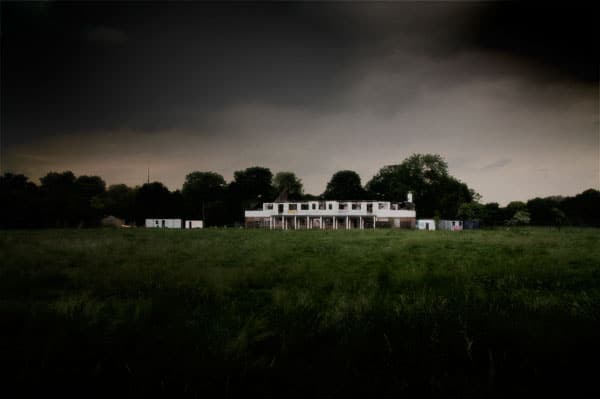David Allen, GiGL volunteer

After six months of non employment and the jolly task of transferring the London Natural History Society library from Imperial College to the attic of the Natural History Museum, a project about which an epic poem on the lines of Beowulf could be written, I e-mailed Mandy and asked whether she needed any help. She did, and I went to GiGL headquarters to be confronted with another set of LNHS records, this time their bird records last seen in the basement of Imperial College before the expulsion from Eden.
Some twenty years earlier, at the request of the redoubtable Ruth Day, I had sorted out these early records on foolscap sheets, numbering and labelling box files to give some indication of how they were arranged. At that time I had reckoned that the record cards in their motley collection of metal filing cabinets and drawers would have to shift for themselves, and that my contribution ended with the foolscap sheets.
They had obviously shifted themselves very successfully and smirked at me – tottering towers of rusty metal – from the back recesses of the London Wildlife Trust library. They were now, twenty years on, presented to me as my new project. The object was to transcribe all the records from card and paper into a spreadsheet allowing the data to be stored, manipulated, disseminated and, the main object – used. I did a quick calculation after my first few weeks and reckoned that one person working one day a week would take seventy years to transcribe them. As I had nothing planned for my one hundred and thirtieth birthday I felt that this would be an ideal achievement to celebrate.
The first few months were a steep learning curve, becoming familiar with several sets of handwriting, impenetrable initials of observers, and some fairly obscure locations for bird sightings. Indeed, some of these have proved untraceable, even by the birders who were recorded as having supplied the observations. The work on sites from the 1980s, however, provided useful groundwork – supplying missing map references for sites in more recent records – and a baseline for the systematisation of site names.
Recorder software will have no truck with records without a map or other geographical reference. Once Recorder has that datum it can create spatially related reports, pulling out all records within a specified distance of a particular point. Some sites are well known and have established map references, but the pursuit of more recondite place names can be a convoluted business. Web services such as Multimap and Streetmap are invaluable, but are unreliable where anything more than a street name is involved. A Google search will quite often produce a document reference, and an astonishing number of carp fishing membership sites. In one or two instances a photograph on Flickr has provided the necessary information.
Often, geographical information is available only as an image. For instance, the constituency maps of the Epping Forest area have a great deal of topographical information but are not indexed in detail. In cases such as this, it is necessary to scan the image by eye to see if the required location is represented.
One interesting feature of site names is what might be termed landscape progression. A site will start as Buggins Farm, become Buggins Gravel Pit, then Buggins Lake, and finally Buggins Country Park. My impression is that, were it not for worked out gravel pits, there would be very few country parks in the London area.
Place names are only one aspect of the records that need to be transcribed. There are also narrative episodes, ’Flew into church during morning service,’ which have to be fitted into an appropriate field in the database. These usually have to be divvied up between the “comment” and “sex/stage” fields. Even sex may be debatable where juvenile and female plumages are similar, and upon occasion the “sex/stage” has been recorded as ’dead’. And in one instance of a corpse reported twice by different observers ‘still dead’.
The records span the period from 1900 to 1987, and while they are by no means systematically collected, the sheer size of the dataset gives it an intrinsic interest and value, not only for ornithology.
I’m set for another 67 years.
